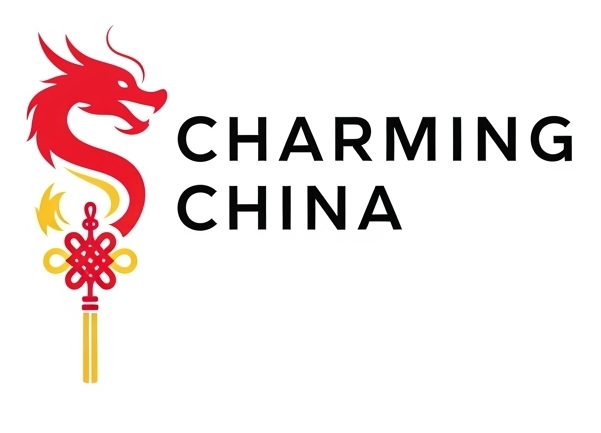Dim Sum & Street Snacks – Cantonese teatime treats and everyday eats
Few culinary traditions capture the spirit of sharing like Cantonese dim sum. Originating from the tea houses of Guangzhou and Hong Kong, dim sum blends food, family, and culture into one delicious experience. Whether served in bamboo steamers or at roadside stalls, these bite-sized treats have become a beloved part of Chinese—and now global—cuisine.
The Origins of Dim Sum
The phrase dim sum (点心) literally means “touch the heart.” It began as a light snack served with tea to travelers along the Silk Road’s southern routes. Over centuries, this evolved into the Yum Cha (饮茶) tradition — tea drinking paired with dozens of small dishes.
Today, enjoying dim sum is a social ritual, where families gather on weekends for leisurely meals filled with chatter, tea, and endless small plates.
Classic Dim Sum Dishes You Must Try
| Dish | Chinese Name | Description |
|---|---|---|
| Har Gow | 虾饺 | Translucent shrimp dumplings — juicy and delicately wrapped. |
| Siu Mai | 烧卖 | Pork and shrimp dumplings with a signature open top. |
| Char Siu Bao | 叉烧包 | Fluffy steamed buns stuffed with sweet barbecued pork. |
| Cheung Fun | 肠粉 | Silky rice noodle rolls with shrimp or beef, drizzled in soy sauce. |
| Turnip Cake | 萝卜糕 | Pan-fried savory cakes made from shredded radish and rice flour. |
| Egg Tart | 蛋挞 | Buttery pastry filled with smooth, eggy custard — a Macau favorite. |
Beyond the Tea House: Cantonese Street Snacks
Southern China’s street food scene is vibrant, quick, and endlessly creative. You’ll find locals snacking on:
- Fish balls (鱼蛋) — chewy, spicy, and sold on skewers.
- Curry beef brisket (咖喱牛腩) — a Hong Kong-style fusion of East and West.
- Sweet tofu pudding (豆花) — silky dessert served hot or cold.
- Egg waffles (鸡蛋仔) — crisp on the outside, soft inside — now a global Instagram hit.
These dishes showcase the playful, inventive side of Cantonese cuisine, balancing flavor, texture, and aroma.
The Role of Tea in Dim Sum Culture
Dim sum isn’t complete without tea. Traditional pairings include:
- Pu-erh (普洱) — aids digestion, perfect with fried foods.
- Oolong (乌龙) — balances sweetness and grease.
- Chrysanthemum (菊花) — floral and cooling, especially in summer.
In fact, ordering tea sets the tone for the entire meal — a subtle reminder that dim sum is as much about conversation as cuisine.
Cultural Significance
Dim sum represents community, moderation, and mindfulness — eating slowly, appreciating flavor, and spending time with loved ones. This reflects Confucian and Cantonese values of harmony and hospitality.
Modern Evolution
From Michelin-starred dim sum restaurants in Hong Kong to fusion food trucks in New York and London, dim sum has become a global comfort food. Chefs experiment with truffle dumplings, vegan siu mai, and matcha egg tarts — yet the essence of sharing remains unchanged.
Dim sum and Cantonese street snacks are more than meals — they are living expressions of Cantonese identity and culinary artistry. Whether you’re sipping tea in Guangzhou or enjoying takeout in San Francisco, every bite tells a story that connects past and present, East and West.
FAQ
Q1: What’s the difference between dim sum and Yum Cha?
Dim sum refers to the food, while Yum Cha means “drink tea” — the full dining experience combining both.
Q2: When is dim sum usually eaten?
Traditionally, it’s a morning or early afternoon meal, but modern restaurants serve it all day.
Q3: Are all dim sum dishes steamed?
No — they can be steamed, fried, baked, or boiled. Variety is part of the charm.
Q4: What tea goes best with dim sum?
Pu-erh or Oolong teas are classic choices because they help digest rich dishes.
Q5: Is dim sum always Cantonese?
Most are Cantonese, but other regions have similar small-dish traditions, such as Sichuan snacks and northern dumplings.
